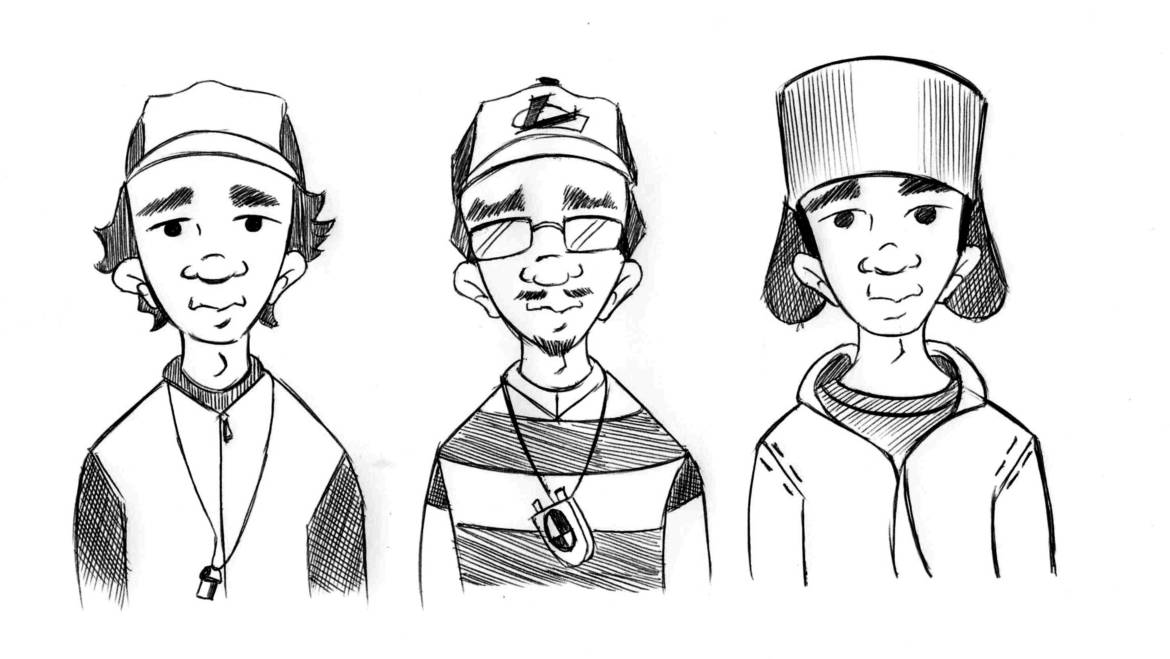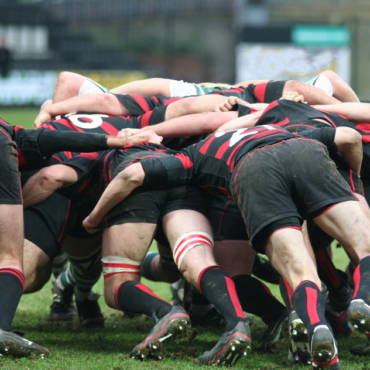Have a good look at these three guys…these are your clients…these guys and their families will determine whether you, your Club and your sport will survive in the next 20 years.
Do you know who they are?
Do you know what they want from sport?
Have you bothered to ask them?
New Sport – Old Sport:
There is a popularly held myth about sport around the world. That “sport”, (as in sporting organisations, national federations and other sporting bodies), owns sport.
Sport is not owned by sport.
It is own by the clients of the sport – the kids, the parents, the grandparents, the athletes – the people who make the decision about which sports experience to buy and what they want from that experience.
What is New Sport?
New Sport is Client Focused Sport. It is providing clients (kids, parents, grandparents etc) with the sporting product they want and need.
It is listening to your clients and designing sporting products – i.e. training programs, sporting experiences, competitions etc that they want to be part of.
To go forward…first look back:
To go forward, to help your sport realise its full potential and secure a successful future, first look back at the histories and traditions that have led to this point in time. Many Olympic sports designed and developed their sporting culture back in 1896 and have changed very little since then.
Have a look at your own sport. Why do you do what you do? When was your sport’s culture created and developed? More importantly…what was society like then? What was the social context in which your sport and the way it operates was created?
Chances are your sport is working on the same model it was using when Baron de Coubertin was in short pants!
An example of Old Sport: Swimming
Have a look at swimming as an example of Old Sport.
Swimming competitions around the world are pretty much the same: they are conducted the same way they have been for the past 100 years.
- Long, boring, drawn out and dull competition schedules;
- Far too many events;
- Unimaginative event schedules;
- Long delays between events, i.e. swimmers may have to wait hours between their events;
- Parents having to attend competitions for full days / full weekends waiting to see their children compete.
(And swimming organisations wonder why they have such a huge decrease in the numbers of registered swimmers from mid teenage years onwards).
Swimming, as a sport is on a fast track to failure if it does not wake up and smell the chlorine!
So what would New Sport Swimming look like?
- Shorter competitions – no more than two hours in duration;
- Multiple competition opportunities, i.e. all swimmers get to race 4-6 times over the two hour duration of the competition;
- Age specific competitions, i.e. where swimmers of similar ages race and compete without having to wait and watch 108 heats of the 7 years and under 50 freestyle;
- Time appropriate competitions, e.g. Friday evenings to give families their weekends free.
One thing is certain, the great sport of swimming is in real trouble unless they listen to their clients and respond to their cries.
But the above example could apply to many Old Sports…rowing, track and field, gymnastics, diving, cycling………Old Sport thinking is commonplace in Olympic sports all over the world.
How to turn your sport into a New Sport:
- Make your competitions shorter;
- Make your competitions more enjoyable;
- Provide something relevant and meaningful for all participants in your sport: not just for the could-be-champions;
- Be inclusive of families and their needs, their schedules, their time limitations;
- Listen to your clients and respond to their needs.
So, why are Sports sticking to the Old Sport Model?
Because change is hard. Change requires real effort. Change requires real commitment. Change requires pain and conflict.
Money? Yep. Many competitions are designed the way they are to maximise revenue raising opportunities for sporting organisations: that’s a fact. And tell me who ever voluntarily surrenders money or power???
But the main reason people are sticking to Old Sport thinking is because people and organisations do not change until it is too late or almost too late.
Unfortunately, most sports will not shift to the New Sport – Client Focused Sport thinking until their registrations drop alarmingly, their Club networks dissolve and their structures, systems and programs crumble into complete chaos.
A Challenge for the Future…or you will not have one:
So, my challenge to everyone in sport is this: make the move from Old Sport to New Sport.
Sport is a marketplace.
And like any marketplace, the “sellers” (i.e. sporting clubs and sporting organisations) are striving to increase their market-share.
What are you and your sport doing to increase your market-share?
The way not to increase market-share is to continue to offer the same old product choices, packaged the same old way. You and your sport are doomed: you have no chance of survival.
Listen to your clients and adapt your sporting product to their needs and you will not just survive…you will thrive.
Wayne Goldsmith




1 Comment
Dear Mr Goldsmith,
My sport is mountainbiking, a pretty young sport compared to many other sports. Over time this sport has known a massive growth in participants, now this sport has to face decreasing growth rates, even in competition we see already a decline of participants in elite races.
As a club we have to cope with non-listening administrators of our national cyclingassociation. One of the biggest challenges we have, is to convince our cyclingassociation that changes have to be made in the way competitions are organised and supported. It needs to be more attractive to spectators, media and above all to competitors. In my opinion only possible if advice is asked from competitors, spectators and media !
Asking means true interest in the sport! The ivory tower needs to be torn down.
Comments are closed.